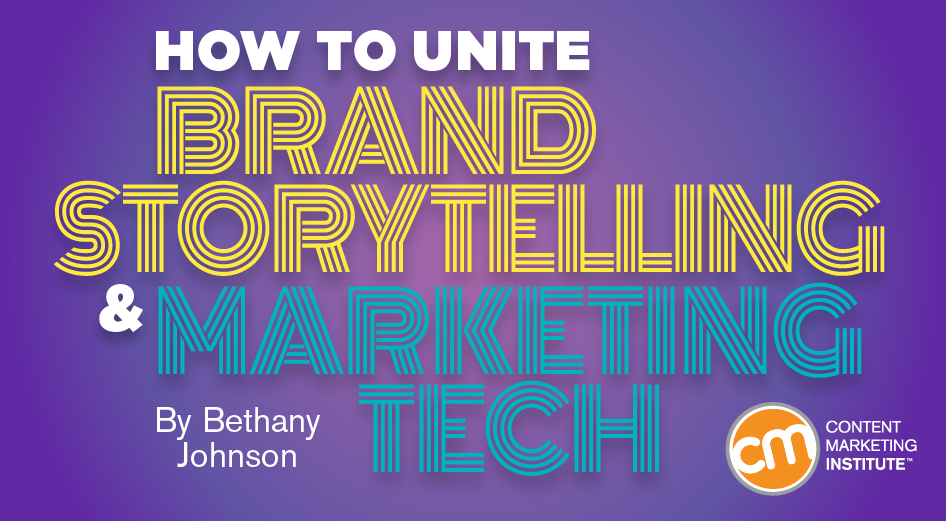Marketers didn’t invent the technology to build bots, mobile apps, games, and productivity tools, but they can make them entertaining, delightful, and helpful to entice their audiences to use them. “That didn’t feel really engaging,” Heather says. Create a technology sandbox: Give your team a space for hands-on experimentation to build skills and experience in-house before offering the innovative solutions to clients. You likely won’t implement every zany one, but you’ll develop a culture of gutsy, clever, prolific proposal-making. Once your team is empowered and equipped to think differently about technological tools, it’s time to build your case for clients and stakeholders. “But at the end of the day, content marketing is storytelling,” Heather says. Heather offers up her method of data analysis for this purpose: Clarify what you want to prove. If you had only one thesis, one claim, or one data point to share, what would it be? Point out curiosities. “They’ll be open to taking the next risk a little bit more.” Conclusion As Heather illustrates, you don’t have to invent a new technology to be an innovator, you need to create a culture where innovation is embraced to take advantage of new technologies.

Henry Ford didn’t invent the car. He made cars accessible and affordable to the masses through an innovative process.
Marketers didn’t invent the technology to build bots, mobile apps, games, and productivity tools, but they can make them entertaining, delightful, and helpful to entice their audiences to use them.
And marketing tech tools once available to enterprise-level brands with big budgets are now viable for small and medium-sized businesses too.
Welcome to the new sweet spot of content and tech, a hybrid that forward-thinking marketers are smart to embrace.
“My media relations team built our first bot,” says Heather Whaling, CEO and founder of Geben Communication, who presented Acting Like Technologists to Improve Content Strategy at the 2018 Intelligent Content Conference. “If my media relations team can figure out how to build a bot, I bet any number of you can also figure out how to build a bot.”
When Wolf’s Ridge Brewing needed help directing guests’ attention to their talented chef’s cuisine, Whaling’s team spurned conventional ideas such as social media posts, email marketing, media outreach, etc.
“That didn’t feel really engaging,” Heather says. “So we created a bot that was much more of an interactive tool to help guests get interested in the food and educate them more about the food.”

The team didn’t use tech because it could, it used tech to show or tell the audience something. That’s the sweet spot for marketers who see technology advances as methods for evoking emotional engagement and serving specific business goals.
To create that, Heather recommends four tactics:
- Encourage observation and reflection: Ask your team to monitor (and share) new tools as they emerge, including use cases, potential applications, and foreseeable risks or pitfalls.
- Create a technology sandbox: Give your team a space for hands-on experimentation to build skills and experience in-house before offering the innovative solutions to clients.
- Require ideation: Ask for and collect imaginative ideas from your team to encourage brainstorming. You likely won’t implement every zany one, but you’ll develop a culture of gutsy, clever, prolific proposal-making.
- Nourish curiosity: Hire naturally innovative people and give them the space to do just that.
Once your team is empowered and equipped to think differently about technological tools, it’s time to build your case for clients and stakeholders.
HANDPICKED RELATED CONTENT:
Target the ready audience
Heather’s team worked with Nationwide Children’s Hospital Columbus Marathon, which draws about 20,000 athletes and 100,000 spectators. They wanted to differentiate the marathon using technology.
Before mulling all the bells and whistles, the…

COMMENTS